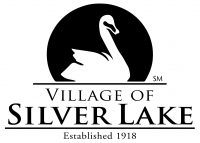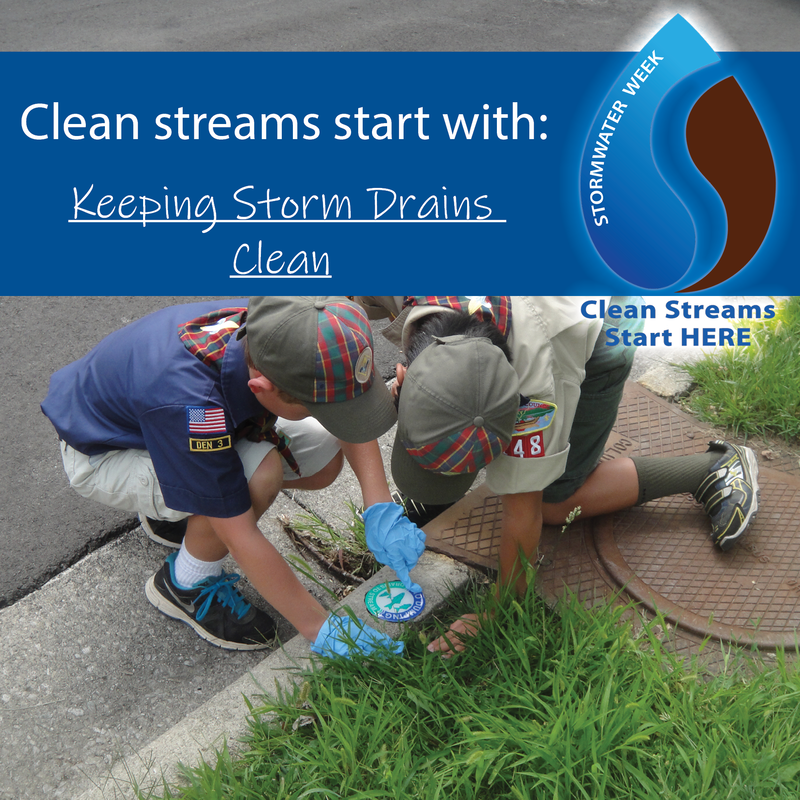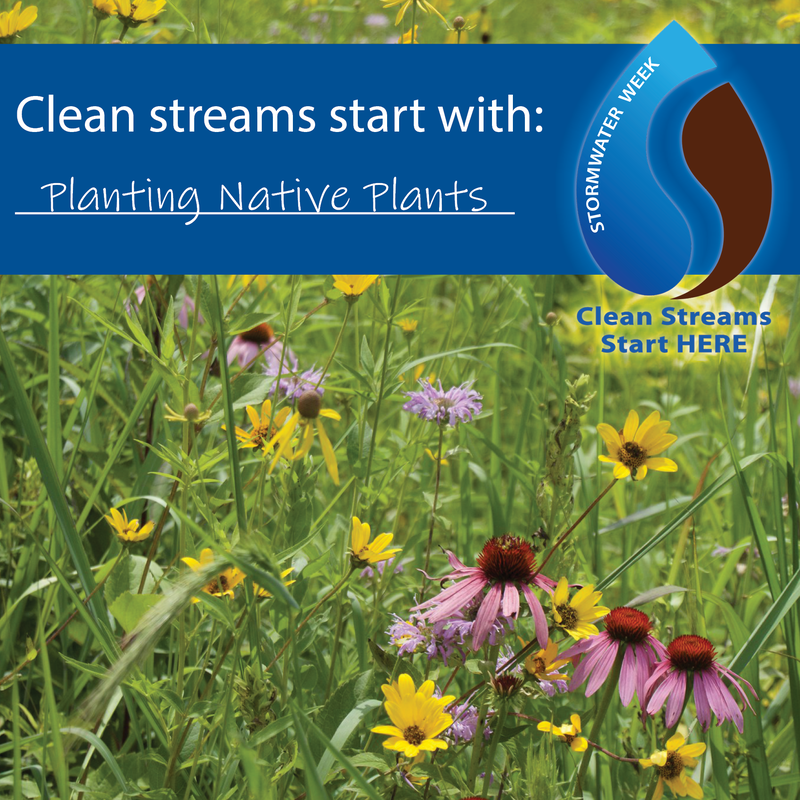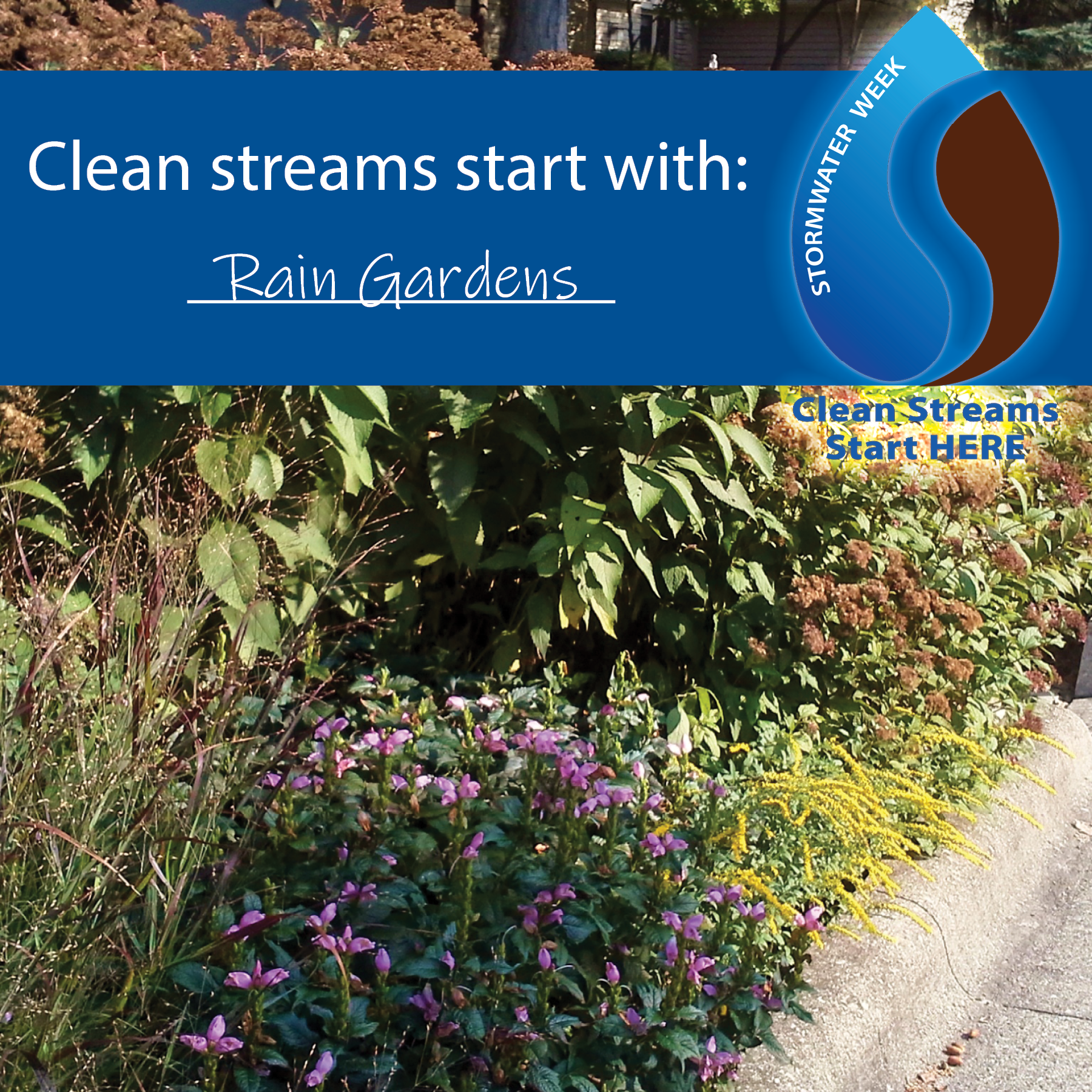Illicit Discharge Detection and Elimination
IDDE Hotline/Silver Lake Dispatch 330.929.8771
Federal regulations define an illicit discharge as “…any discharge to an MS4 (municipal separate storm sewer system) that is not composed entirely of stormwater…” with some exceptions. These exceptions include discharges from NPDES-permitted industrial sources and discharges from fire-fighting activities. Illicit discharges (see Table 1) are considered “illicit” because MS4s are not designed to accept, process, or discharge such non-stormwater wastes.
Sources of Illicit Discharges:
- Sanitary wastewater
- Effluent from septic tanks
- Car wash wastewaters
- Improper oil disposal
- Radiator flushing disposal
- Laundry wastewaters
- Spills from roadway accidents
- Improper disposal of auto and household toxics
What is Storm Water?
Stormwater is water from precipitation that flows across the ground and pavement due to rain or snowmelt (also called stormwater runoff). The water may seep into the ground, flow in ditches or streams, or enter the storm drain system. The storm drains are what you see at street corners or at low points on the sides of your streets. The storm drains then lead to a discharge point such as an open channel or directly into Silver Lake, the Cuyahoga River, and creeks within the Village.
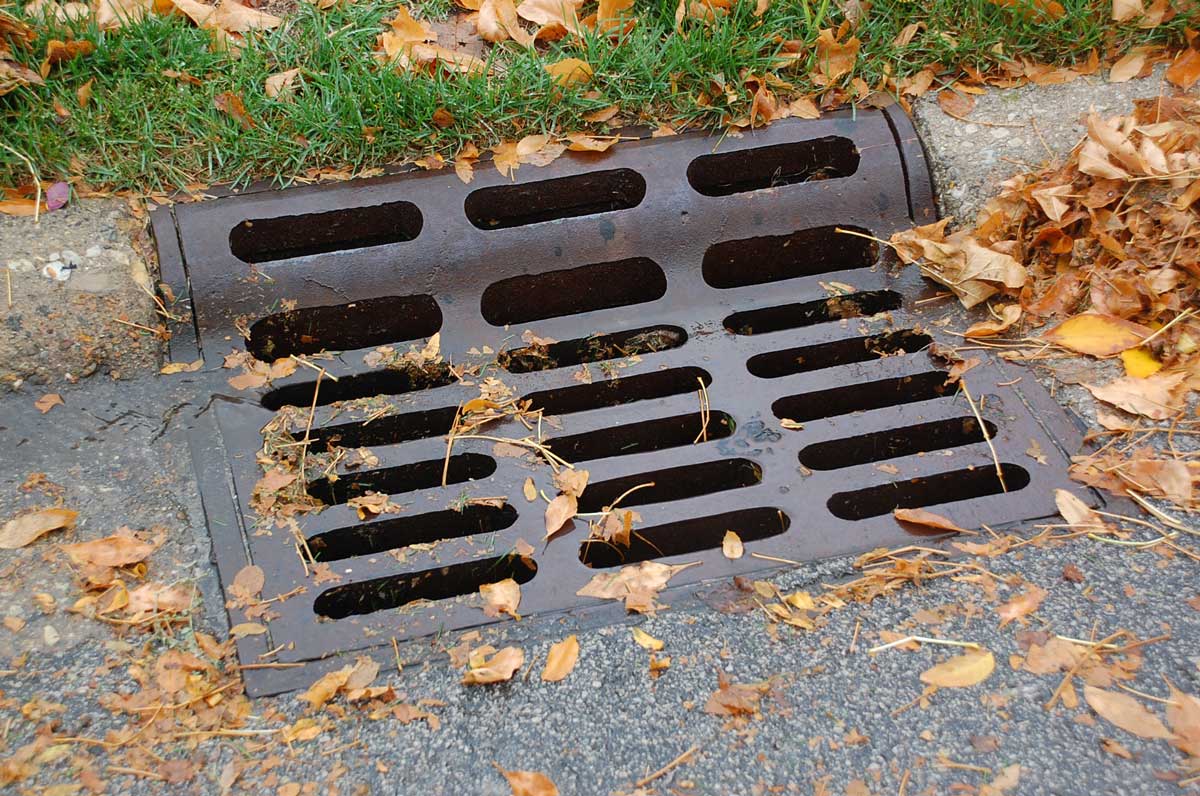
The natural creeks have a small amount of baseflow that is caused by groundwater recharge and high water tables; the baseflow is relatively clean. When it rains, the baseflo
w is supplemented by stormwater runoff from parking lost and Village streets. The baseflow is relatively clean groundwater that flows at a low velocity. Stormwater runoff tends to pickup garbage, debris, sediment, chemicals, automotive fluids and other pollutants; stormwater runoff is relatively dirty and will harm the fish and other wildlife living in natural creeks, lakes, and rivers.
Storm drains contain runoff that cannot be treated prior to it’s entering our natural creeks and streams. Sanitary sewers, however, convey wastewater from houses and business to Akron’s wastewater treatment plant. Storm drains are a completely different system than the sanitary sewers. Storm drains, therefore, usually travel anywhere from a few hundred feet up to several miles in underground pipes before being discharged.
Why is Storm Water Important?
Storm water runoff is a major problem when it picks up garbage, debris, sediment, chemicals, automotive fluids, fertilizers, leaves, and other pollutants from parking lots, yards, village streets, house roofs, etc. This type of pollution is called non-point source (NPS) pollution and is more of a problem than direct discharges from commercial industries and plants, which have NPDES (National Pollution Discharge Elimination System) permits as mandated by the US Environmental Protection Agency. The Village of Silver Lake is required by the state and federal government to have a municipal NPDES permit for all waters that discharge from the Village storm drain system to the natural creeks. The municipal NPDES permit requires that the Village provide information and education programs, monitoring, storm water inspections, storm water policies, etc. The result of unclean storm water runoff discharges is the loss of fish and aquatic wildlife from the out creeks.
How to Protect Storm Water Quality.
There are many ways to protect storm water quality. The best way is to avoid polluting in the first place. Conserve and recycle resources such as newspapers, plastic containers, glass jars, and metal cans.
- Don’t dump hazardous substances such as used oil, household chemicals, yard fertilizer, or other wastes onto pavement or into storm drains.
- Practice picking up litter, and disposing of leaves and yard waste properly.
- Prevent excess runoff of pesticides, fertilizers, and herbicides, by using them properly and efficiently.
- Participate in the Village Spring and Fall Leaf and Limb Removal Program, and recycle household hazardous waste materials to prevent storm drain contamination.
- Encourage active citizen participation in storm water protection and public group education on storm water quality.
- Prevent sewage overflows to the creeks by diverting gutter drains away from the sanitary sewer system.
Common household contributions to storm water pollution:
- Vehicle drips and leaks (oil, grease, gasoline, antifreeze, brake fluid) particularly on paved areas
- Incorrect disposal of paints, cleaning fluids, and other chemical agents.
- Overuse of lawn fertilizers, pesticides, and herbicides.
- Pet and food wastes – particularly on paved areas – allows harmful bacteria and viruses into natural creeks.
The Storm Water Management Program is comprised of six elements that, when implemented in concert, are expected to result in significant reductions of pollutants discharged into receiving water bodies.
Public Awareness & Involvement
The six program elements, termed “minimum control measures”, are outlined below.
- PUBLIC EDUCATION AND OUTREACH – Distributing educational materials and performing outreach to inform citizens about the impacts polluted stormwater runoff discharge can have on water quality.
- PUBLIC PARTICIPATION/INVOLVEMENT – Providing opportunities for citizens to participate in program development and implementation, including effectively publicizing public hearings and/or encouraging citizen representatives on a storm water management panel.
- ILLICIT DISCHARGE DETECTION AND ELIMINATION – Developing and implementing a plan to detect and eliminate illicit discharges to the storm sewer system (includes developing a system map and informing the community about hazards associated with illegal discharges and improper disposal of waste). IDDE (Illicit Discharge Detection and Elimination) Hotline 330.929.8771
- CONSTRUCTION SITE RUNOFF CONTROL – Developing, implementing, and enforcing an erosion and sediment control program for construction activities that disturb one or more acres of land (controls could include silt fences and temporary storm water detention ponds).
- POST-CONSTRUCTION SITE RUNOFF CONTROL – Developing, implementing, and enforcing a program to address discharges of post-construction storm water runoff from new development and redevelopment areas. Applicable controls could include preventative actions such as protecting sensitive areas (e.g. wetlands) or the use of structural BMPs such as grass swales or porous pavement.
- POLLUTION PREVENTION/GOOD HOUSEKEEPING – Developing and implementing a program with the goal of preventing or reducing pollutant runoff from municipal operations. The program must include municipal staff training on pollution prevention measures and techniques (e.g. regular street sweeping, reduction in the use of pesticides or street salt, and frequent catch-basin cleaning).
For further information on Storm Water Management, click on the links below:
Everyone lives in a Watershed. Do you know your Watershed?
The Village of Silver Lake is affected by the US EPA’s Phase II Storm Water Regulations. There are over 100 communities in Northeast Ohio that are affected by these regulations.
Over the next five years, the Village will be implementing a stormwater management program designed to reduce the discharge of pollutants to the maximum extent practicable, to protect water quality, and to satisfy the appropriate water quality requirements of Ohio Revised Code 611 as described in the Ohio EPA permits.
What is a Watershed? – video from Summit SWCD
Thinking about installing a Rain Garden?? Click here for a Virtual Rain Garden Simulation.
Related Websites and Other Info:
Household Hazardous Waste Recycling Center
– Ohio Litter Violations and Penalties
IDDE (Illicit Discharge Detection and Elimination) Hotline/Silver Lake Dispatch 330.929.8771
